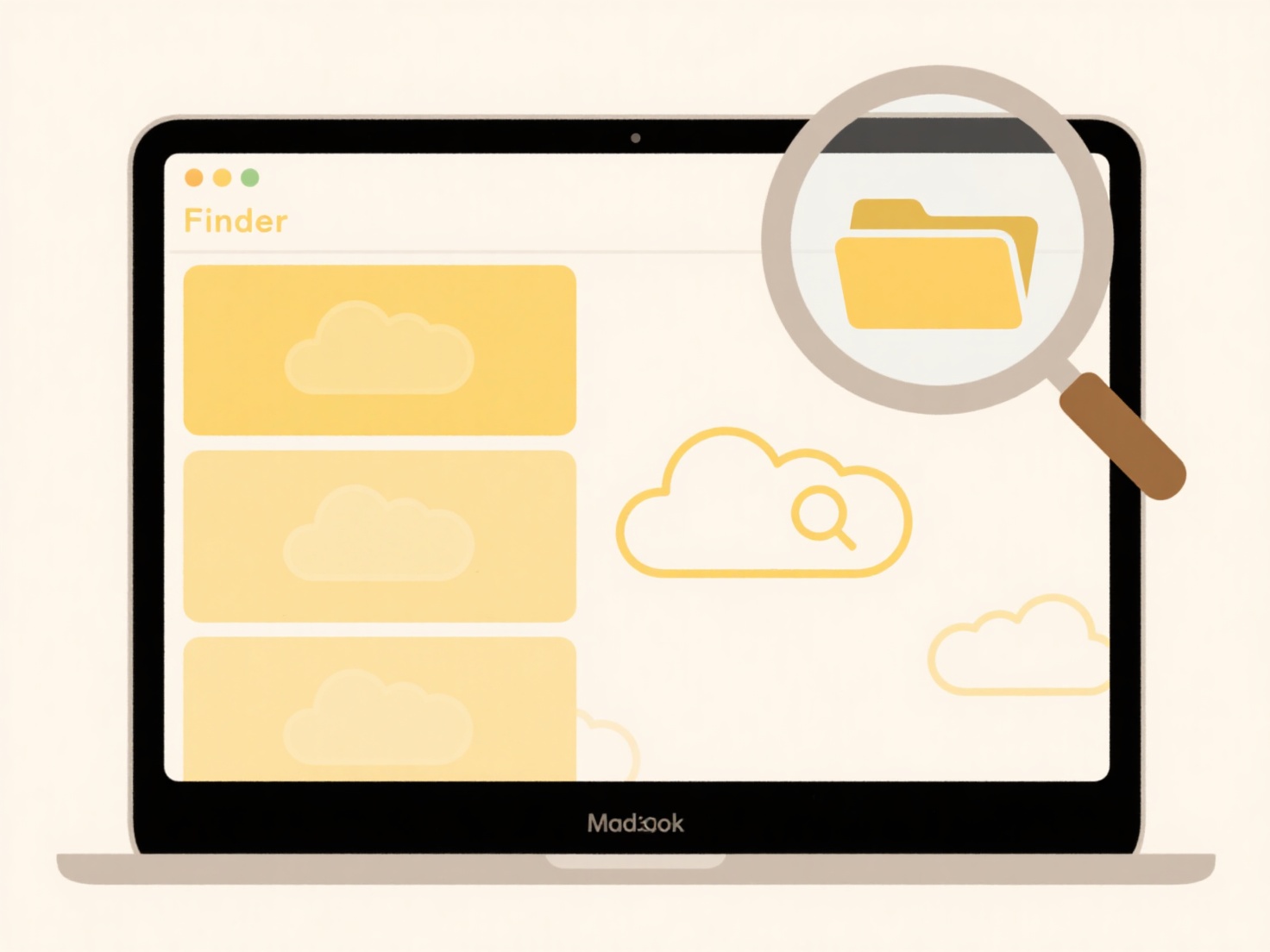
Proactive cloud sync issue detection involves identifying potential problems before they impact users or workflows. It differs from reactive methods by focusing on early warning signs through constant monitoring rather than responding to reported failures. Key indicators include unusual file sync latency, recurring conflicts, high error rates in sync logs, or quota nearing exhaustion. This approach ensures continuous data availability.
For instance, project teams using platforms like Microsoft OneDrive or Google Drive proactively track "sync pending" times and unresolved conflicts via admin dashboards. Similarly, backup tools such as GoodSync or SyncBack generate alerts when sync jobs fail consecutively or encounter permission issues across devices, preventing data gaps.

Benefits include minimized downtime and preserving data integrity. Limitations involve tool dependency and potential alert fatigue. Ethical considerations require balancing monitoring with employee privacy. Future advances may include predictive AI analyzing sync patterns to flag anomalies earlier, accelerating resolution and fostering more reliable cloud workflows.
How do I detect cloud sync issues proactively?
Proactive cloud sync issue detection involves identifying potential problems before they impact users or workflows. It differs from reactive methods by focusing on early warning signs through constant monitoring rather than responding to reported failures. Key indicators include unusual file sync latency, recurring conflicts, high error rates in sync logs, or quota nearing exhaustion. This approach ensures continuous data availability.
For instance, project teams using platforms like Microsoft OneDrive or Google Drive proactively track "sync pending" times and unresolved conflicts via admin dashboards. Similarly, backup tools such as GoodSync or SyncBack generate alerts when sync jobs fail consecutively or encounter permission issues across devices, preventing data gaps.

Benefits include minimized downtime and preserving data integrity. Limitations involve tool dependency and potential alert fatigue. Ethical considerations require balancing monitoring with employee privacy. Future advances may include predictive AI analyzing sync patterns to flag anomalies earlier, accelerating resolution and fostering more reliable cloud workflows.
Quick Article Links
How do I compress exported files to save space?
File compression reduces the size of exported files like documents, images, or datasets by using algorithms to remove re...
Why does formatting break when I open a file in a different app?
Formatting can break when opening files in different applications because each app uses its own methods to interpret and...
What is an .mp4 file?
An MP4 file is a widely used digital container format for storing audio and video data, along with subtitles and images....